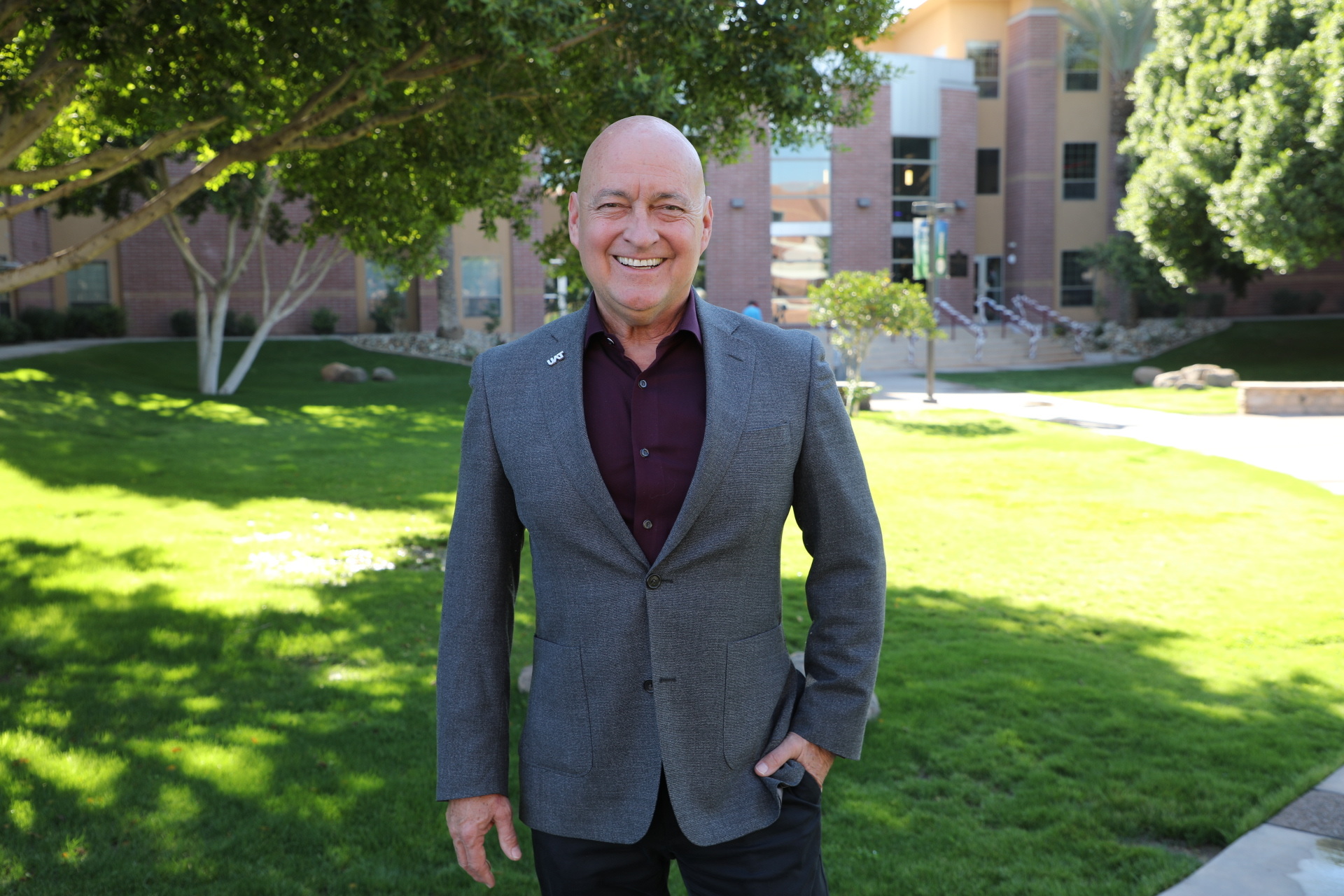Artificial Intelligence (AI) has been at the top of technology-conversations during 2023. AI suggests many opportunities for innovation as it is worked into applications that make use of large datasets. Patterns learned by AI can result in better human-computer experiences, diagnosis, content creation, pattern predictions and improved workflow. As a tech, AI is such a pervasive game-changer that its emergence is leading to rethinking of laws, industry norms as the court of public opinion raises their concerns. A challenge with AI is that understanding of what it is and its “insider language” is not widely understood. In this series we will cover AI language from A to Z.
In Part II we cover C to Data validation.
- ChatGPT. ChatGPT is a chatbot from OpenAI that inspired a wave of public attention directed toward large language models and generative AI. It uses algorithms to produce text responses to user input in natural language.
- Chatbot. A chatbot is an AI-powered tool designed to communicate with people in a conversational way. ChatGPT is an example of a chatbot. Generative AI chatbots are sometimes used as an alternative to search engines for information retrieval.
- Cognitive computing. Cognitive computing is essentially the same as AI. It’s a computerized model that focuses on mimicking human thought processes such as pattern recognition and learning. Marketing teams sometimes use this term to eliminate the sci-fi mystique of AI.
- Computer vision. Computer vision is an interdisciplinary field of science and technology that focuses on how computers can gain understanding from images and videos. For AI engineers, computer vision allows them to automate activities that the human visual system typically performs.
- Constitutional AI. Constitutional AI trains AI systems to align with a set of values or principles as defined in a constitution. This approach was developed by AI startup Anthropic.
- Convolutional neural network (CNN). CNNs are a subset technology of machine learning and deep learning that are used in computer vision.
- Corpus. A corpus is a large data set of written or spoken words that is used to train language models.
- Copilot. Copilot is the brand name of Microsoft's suite of AI-assisted workplace products.
- Cutoff date. The cutoff date is the date at which the model's information ends. AI models can't recall information past the cutoff date. For example, GPT-3.5's cutoff date is September 2021.
- Data mining. Data mining is the process of searching for data and looking for patterns within a large data set to extract useful information. Names of entities in the data set are one example of data that mining processes can extract.
- Data scraping. The process of an AI gathering information from the internet and using it as the input for learning. Outputs of generative AI are often based on the scraping of images, text, and audio pulled from the internet.
- Data validation. Data validation is the process of checking the quality of data before using it to develop and train AI models.
Click here to keep up with our Artificial Intelligence: A to Z series.
Sources
The following sources were used to build this glossary:




Comment